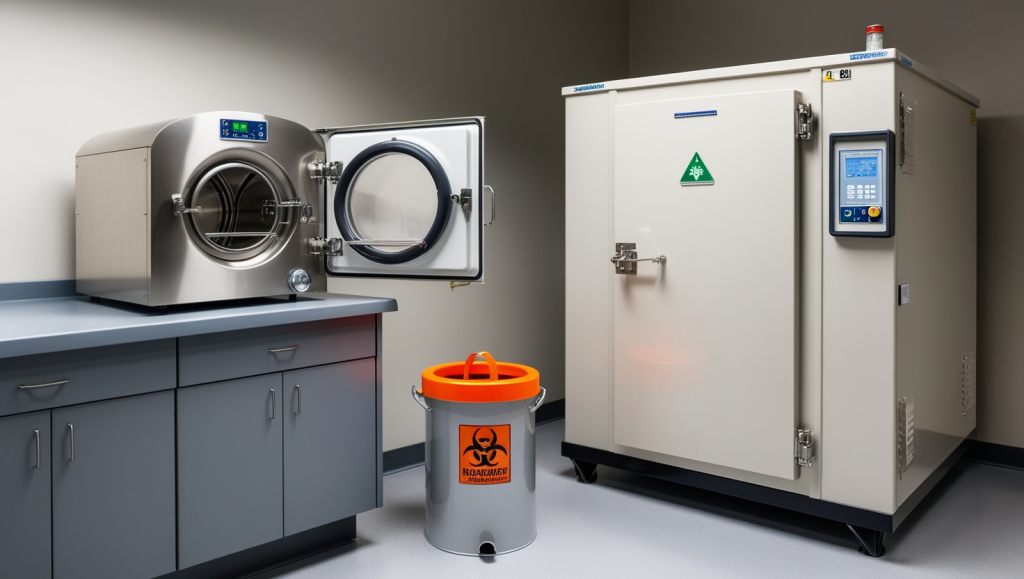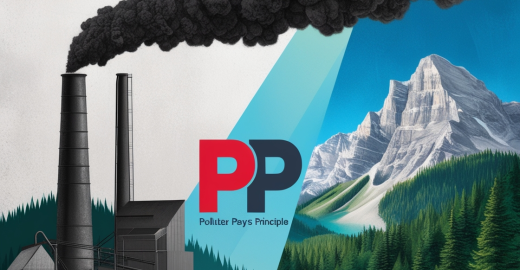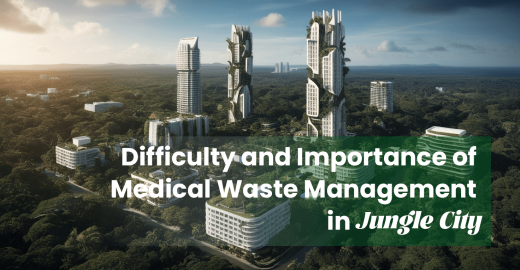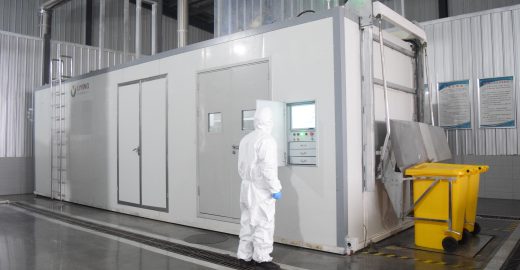Time:
Finding efficient, environmentally friendly and cost-effective disinfection and sterilization techniques is particularly important in the challenge of medical waste treatment. Sterilization, in short, is the process of removing or killing all life forms (including bacteria, viruses, fungi, spores and other microorganisms) to ensure that an object is completely free of viable pathogens for public health safety.
Today, we focus on two key technologies - microwave sterilization and autoclaving - to explore whether the former does indeed offer superior advantages?
Microwave sterilization of medical waste uses the dual action of microwaves and saturated steam to sterilize medical waste. Microwaves have a wavelength of 0.01 to 1.00 meters and are capable of penetrating substances. It uses the thermal effect of microwave, biological effect and the heat of steam together sterilization.
The thermal effect of microwave sterilization is the use of the electromagnetic field in the material containing polar molecules (for example: water molecules) in the high-frequency electric field of rapid vibration, friction and heat, to achieve uniform heating from the inside out. And then by bacterial sensitivity to temperature sterilization.
The non-thermal effect of microwave refers to other effects in addition to the thermal effect, such as electrical effect, magnetic effect and chemical effect. This is the unique effect that microwave sterilization has. Non-thermal effect of microorganisms will have a strong reaction to the microwave. The intense vibration of the microwave field will lead to microbial molecular bond breaking, making it inactive. Resulting in physiological, biochemical and functional changes, which leads to bacterial death.
Microwave poisoning is the result of the combined effect of microwave thermal and non-thermal effects, which enables direct interaction between microwaves and bacteria and rapid sterilization.
This type of heating is not only rapid - only 95 degrees Celsius is required for sterilization given the excellent penetrating ability of microwaves - but also ensures that the heat is evenly distributed throughout the medical waste, effectively killing latent microorganisms, including those strains that are resistant to conventional disinfection methods.

In contrast, autoclaving is also a commonly used sterilization process in the medical field, which focuses on killing microorganisms through the high-temperature environment of high-pressure steam. It involves placing items in a closed chamber and sterilizing them at high temperatures and pressures, usually around 134°C for a certain period of time. Simply put, they function like pressure cookers, using steam power to kill bacteria, germs and spores that boiling water and other chemicals cannot.
This method requires longer pressurization, heating times and higher temperature conditions. In addition, autoclave sterilization equipment is larger in size, less efficient in heat transfer, takes longer to heat up and cool down, requires manpower to operate, and has relatively high energy and water consumption. 19th century microbiologists discovered that high temperatures can kill microorganisms, and this technology is well established.
Although autoclave sterilization technology is a mature technology with reliability and is effective against a wide range of microorganisms including spores. But in comparison, microwave sterilization technology has several significant advantages.
In conclusion, while the choice between microwave and autoclave sterilization cannot be reduced to simply "better" or "worse", as it depends greatly on the specific requirements and environmental conditions of the sterilization task at hand.
However, with the significant advances in microwave sterilization technology that have been achieved in this century, particularly in heat distribution and microbial eradication, as well as the irreplaceable advantages in energy control, we see a case for microwave sterilization to become a more competitive and cost-effective option for laboratory, medical waste management and industrial applications. And a comprehensive program using microwaves and saturated steam may be the most desirable option.

What is the Polluter Pays…

Forests and wetlands are …

Of course! LI-YING has ex…
PDF Request